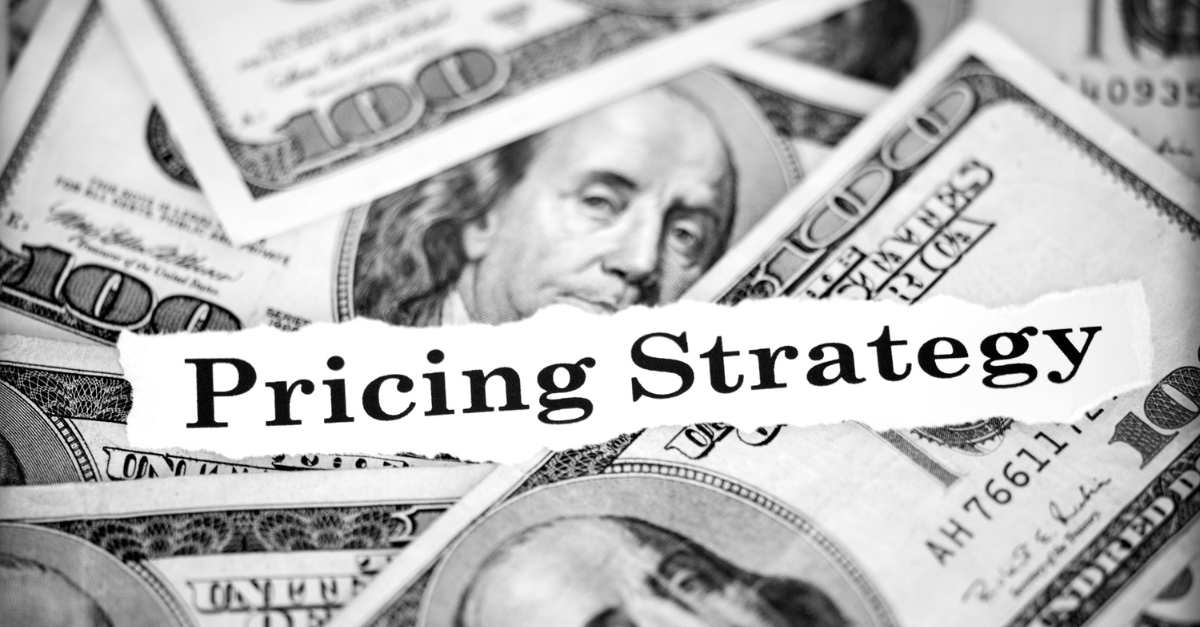
Different types of demand require different pricing strategies. Inelastic demand refers to a situation where a change in price has a relatively small impact on the quantity of a product or service demanded by buyers. In other words, buyers aren’t price sensitive.
In such a scenario, the station can increase the price without worrying too much about losing buyers. However, it's important to note that if the price is increased too much, it may eventually result in a decrease in demand.
When pricing for inelastic demand, you should take into account the following factors:
-
Inventory availability: Is the available inventory specific to you or is it interchangeable throughout your market?
-
Competition: What is your competition charging for similar inventory? Consider the prices of competing inventory where you can avoid pricing yourself out of the market.
-
Buyer Willingness to Pay: You should also consider how much consumers are and have been willing to pay for your inventory.
-
Brand Value: A strong brand or ratings position in the market can allow you to charge a premium price for their inventory.
In general, when pricing for inelastic demand, a station can increase the price to maximize revenue without worrying too much about losing buyers, but you should be careful not to price yourself out of the market. It's important to find the sweet spot where the price is high enough to maximize revenue but not too high to result in a decrease in demand.
.png?width=1001&height=107&name=ShareBuilders%20Logo%20(07052023).png)
